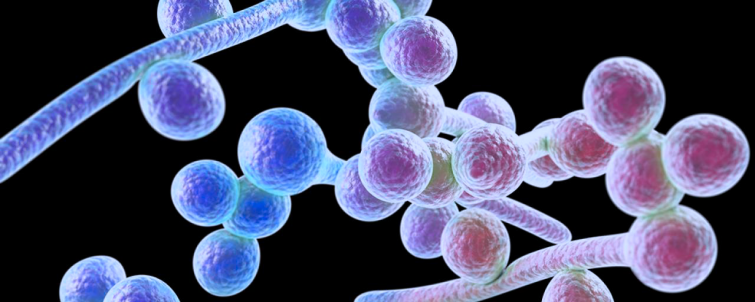
June 29, 2018
Bulletin interne de l'Institut Pasteur


Progress in the understanding of the mechanisms of genetic diversification in a major fungal pathogen of humans, Candida albicans
Candida albicans is one of the most formidable fungal species, causing infection in humans. Investigating the structure and reproduction methods of pathogenic populations can help us to understand how they emerge and spread. A team of scientists therefore decided to sequence and analyze the genomes of 182 strains of C. albicans from around the world. They confirmed the clonal reproduction of this human pathogen but also showed that parasexual reproduction, previously only observed in a laboratory setting, contributes to the genetic diversity of C. albicans and therefore also to its ability to adapt to new environments and rid itself of deleterious mutations.